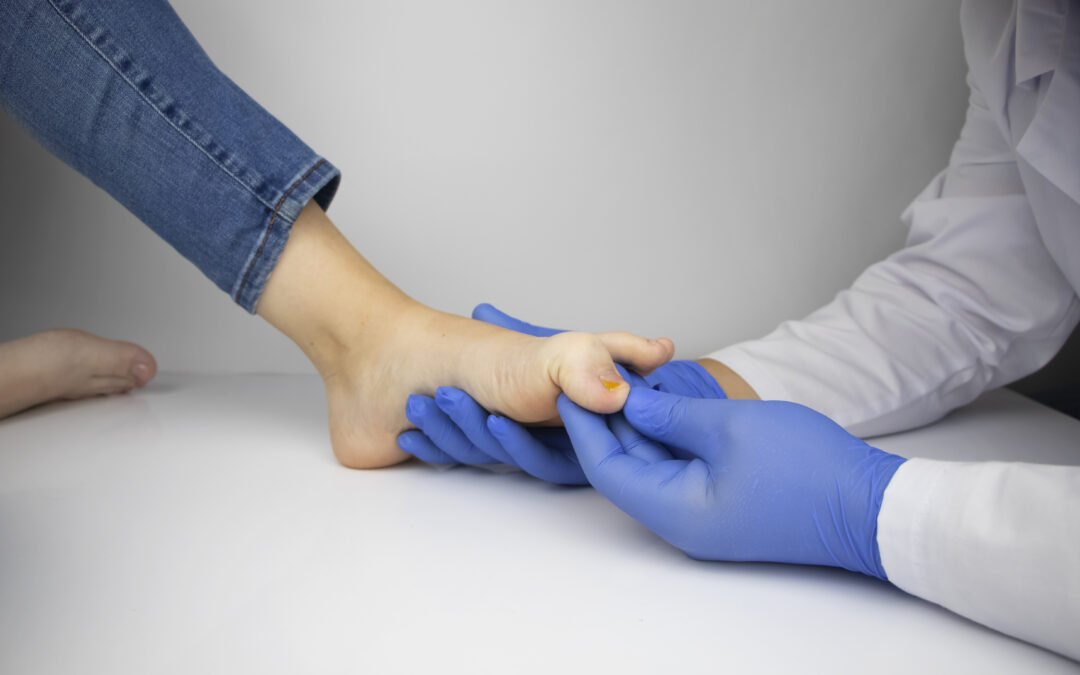Do you consider consulting a specialist for a heart issue? How about a problem with your back? Then why not give equal importance to your feet? Maintaining healthy and pain-free feet is crucial for an active and healthy lifestyle.
Podiatrists undergo four years of podiatric medical school and a three-year, hospital-based residency to become experts in foot and ankle care. Therefore, if you encounter any discomfort, injuries, or alterations in the condition of your feet and ankles, it is advisable to seek specialized care from a podiatrist.
Why should I invest more money to consult a specialist when my primary care doctor can take care of my feet?
While it’s understandable to be mindful of expenses, healthcare is an area where cutting corners may not be wise. Issues such as pain or other complications in your feet and ankles can have significant implications for your overall well-being, especially if you have conditions like diabetes, vascular disease, or other chronic ailments. In such cases, it is crucial to seek specialized care. A podiatrist is well-equipped to efficiently diagnose and treat your foot or ankle condition, ultimately saving you time and money in the long term.
While local urgent care facilities can be helpful for minor ailments or injuries, they may not be the best option for every foot problem. When it comes to chronic foot or ankle pain, fractures, or other traumatic injuries, it is advisable to consult a podiatrist—your dedicated specialist for foot and ankle care. A podiatrist can provide an accurate diagnosis and develop an appropriate treatment plan to help you recover and experience relief more efficiently. So, for a faster path to healing and overall well-being, it’s best to seek the expertise of a podiatrist.
A variety of conditions should be treated by a podiatrist. Whenever you encounter foot or ankle pain, injuries, or observe changes in the condition of your feet or ankles, seeking specialized care from a podiatrist is appropriate. However, the following specific conditions certainly necessitate contacting your podiatric physician and surgeon:
Peripheral Neuropathy: If you have diabetes and experience symptoms like painful prickling, heaviness, tiredness, or other discomfort in your feet, it could be a sign of peripheral neuropathy caused by nerve damage from diabetes. Given the potential complications associated with diabetes and the feet, individuals with diabetes should undergo regular annual examinations with a podiatrist and promptly reach out to their podiatrist upon noticing any changes in their feet.
Neuromas: Are you experiencing pain, burning, or numbness between your toes or in the ball of your foot? It could be attributed to a benign growth of nerve tissue known as a neuroma. Visit a podiatrist for accurate diagnosis and relief.
Skin Changes: While the skin on your feet may be tougher than other parts of your body, it is also more exposed to potential hazards such as foreign bodies or sun exposure when SPF is forgotten. Podiatrists possess comprehensive knowledge of the skin on the feet. If you notice any alterations in the skin of your feet or ankles, schedule an appointment with a podiatrist without delay.
Injury: Initially, following the RICE protocol (rest, ice, compression, and elevation) is advisable for a foot injury. However, if your pain does not improve within 24 hours, you are unable to bear weight on the injury, or notice severe swelling or bruising, it is crucial to contact your podiatrist for an emergency appointment. Podiatrists offer specialized care for foot and ankle injuries, ranging from conservative treatments to surgical interventions.
Schedule your consultation with MVS Podiatry Associates today by calling 833-500-3338 or visiting www.PodiatryAssociates.org. Don’t delay in getting specialized care for your foot and ankle needs.





